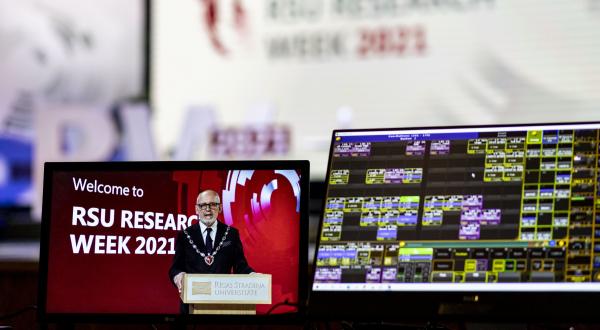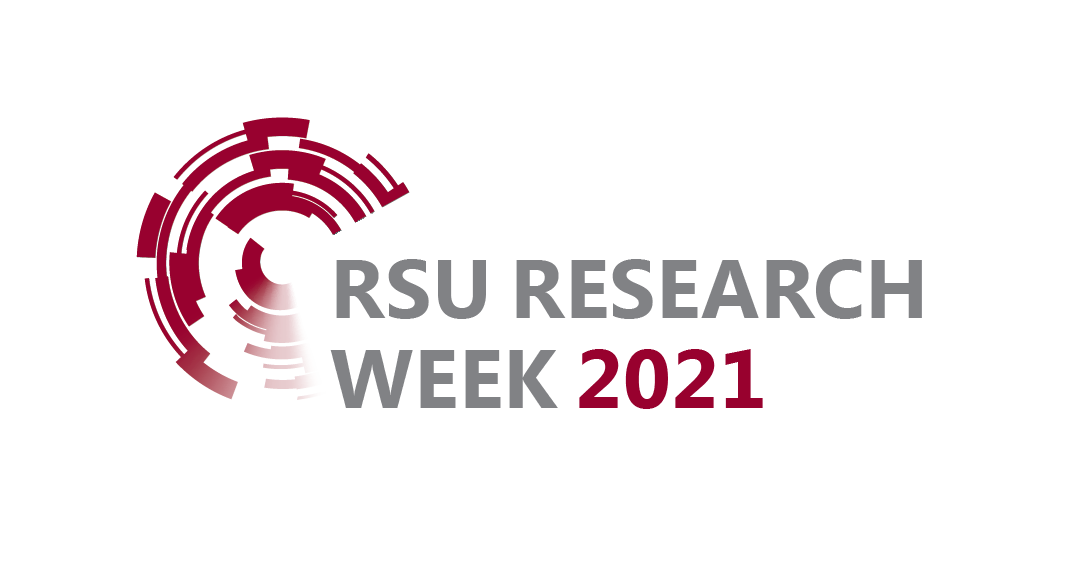Keynote Speaker Fredrik Strand on Improving Cancer Screening With the Use of AI
Radiologist Fredrik Strand, MD PhD, will be one of the keynote speakers at the Knowledge for Use in Practice conference in the Innovation in Medicine and Healthcare - from Research to Practice section on 26 March. Here, he talks about his research, and what he is looking forward to most at Research Week 2021.
I understand that you are not only a doctor, but also a civil engineer and an entrepreneur! Can you tell me how these three fields came together for you?
Initially they were kind of separate. I started out with a Master of Science in Engineering Physics and a bachelor’s degree in Economics. I worked for a couple of years in a management consulting company then worked in a start-up company during the first internet boom, in the early 2000s. After this I got a bit tired of focusing on money and switched to a medical career instead. I am now a radiologist in the breast imaging unit at Karolinska University Hospital and dedicate half my time to research. Since my research now focuses on the use of artificial intelligence (AI) and how to improve screening, I think that the different backgrounds I have are finally coming together.
Can you talk more about your specialisation and the mammoAI project?
We started the AI-related research in 2017, and up until now we have focused on collecting a very large data set of millions of images, including about 7,000-10,000 women who have been diagnosed with breast cancer. These are used for development and testing AI algorithms retrospectively. We have come to the point where we are currently launching two prospective clinical studies to see what happens in reality when we use the algorithms.
The idea is to try to improve screening, both to see if AI can be used to detect cancer, and also to see how AI can help us identify which women need additional imaging to find cancer that was not visible with mammography.
So those are the clinical studies that we’re running, which are focused on improving screening. From now on we’ll be improving aspects of those, and also try to move into other areas beyond screening and mammography.
From a patient’s point of view, would this just mean that you would get more comprehensive information about your health, or is it a quicker process as well?
When you use AI in the screening process, you can either use it to increase sensitivity, meaning that more cancers will be detected, or you can use it to reduce the need for radiologists, so you get a cheaper screening process. Those radiologists can then use their time better and focus on women who need supplemental imaging examinations. How you implement this is really the hospital’s choice; you can improve cancer detection, or you can improve resource allocation. It could mean that you detect cancer earlier, which would lower mortality and mean that fewer women would have to die from breast cancer.
Can these technologies be applied to other fields of medicine, or is it breast cancer-specific?
Breast cancer screenings have been performed for a long time. There are some other screening programmes that use imaging, but they’re not as well established, for example for lung cancer. Screening for prostate cancer has started involving MRI, so there are some areas that our research could be applied to in addition to breast cancer.
I believe you’re also working with the University of California in San Francisco; can you talk more about that?
Another topic that I have done research on was about women with cancer who got pre-operative treatment while the tumour was still in the breast. In these cases you get treatment for approximately six months to hopefully shrink the tumour before surgery. This was my post-doctoral research. I looked at whether an MRI image could predict whether or not a tumour would respond to the therapy. That work is more or less finalised now.
In addition, we also have a collaboration with MIT that is more focused on AI. They have developed a risk algorithm to mammograms to predict what the risk of getting breast cancer a couple of years in the future is. They have validated the algorithms in our data and the results were recently published in Science Translational Medicin. We recently started to work with some initial MRI projects as well.
Can you talk more about the AI algorithms that are already available commercially?
There are quite a lot of vendors now that offer AI algorithms. In one of our studies, we tested three of the available algorithms for cancer detection, and there was quite a large difference between them. That will definitely be covered in my talk. All algorithms are not the same.
Have you participated in any conferences online in the last year that you may not have gone to in person?
Things have changed a lot during the last few months. I presented at RSNA (Radiological Society of North America) virtually, for example. I hope that we’ll return to physical meetings again, because the interaction aspect is not always so well handled in the virtual environment. Organisers sometimes forget to leave time for questions and so on. You don’t meet people the same way. I think it’s really good that we have this opportunity to have virtual meetings, it would be much worse if there were no meetings at all, but I hope to go back to physical meetings eventually.
Is there anything at RW2021 that you’re personally looking forward to hearing?
For my kind of work with AI, learning about data and access to data and infrastructure for imaging and clinical data is very important, so I think I will be watching those presentations. One example is Peeter Ross who is also involved in e-health and whose talk I think could be very interesting.
Related news
 RSU Research Week Breaks Attendance RecordGeneral, RW Deep Dive
RSU Research Week Breaks Attendance RecordGeneral, RW Deep Dive
